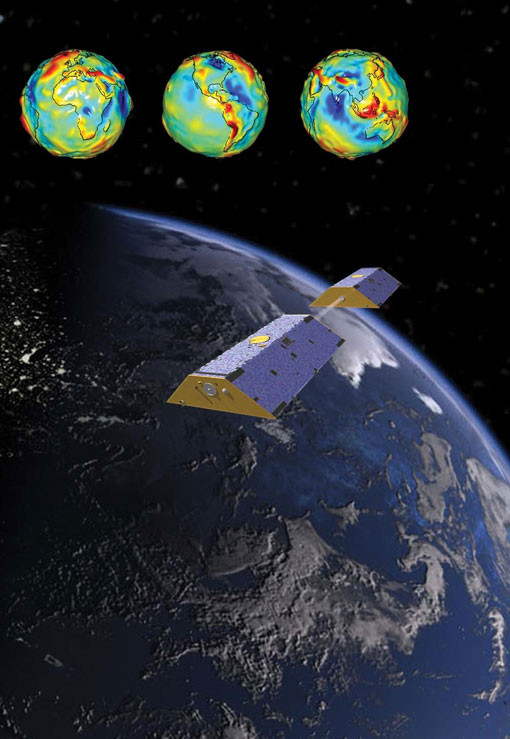Nasa: Sea level rise being offset by climate change-induced land water storage

A climate change-induced increase in how much water the Earth can store on land is helping to offset sea level rise by as much as 22%, Nasa has announced. Latest measurements from one of the space agency's satellites has allowed researchers – for the first time – to work out how climate-driven increases in water storage on land has affected the rate of sea level rise.
Scientists have known for a long time that changes to Earth's water cycle, such as soil moisture or lake levels, had the potential to affect sea level but there was no way of measuring global changes on liquid water stored on land.
In their study published in the journal Science, researchers looked at satellite data from 2002 to 2014, analysing the changes in gravity, which allowed them to work out the underlying changes in water storage – the gravitational pull changes according to regional changes in how much water is across Earth's surface.

This was then combined with estimates of mass loss of glaciers, allowing them to work out what effect land water storage had on sea level change. Their findings showed climate change had led to approximately 3,200 gigatonnes of extra water being stored on land. And this gain had partially offset water losses from ice sheets, glaciers and groundwater pumping.
As a result, the rate of sea level rise was slowed by about 0.7mm per year. Nasa said that while a small portion of the increase in land water storage can be attributed to human activities (namely the filling of reservoirs), they said climate is the main cause, with regional climate-driven variations in rainfall.
Lead author J T Reager, from Nasa's Jet Propulsion Laboratory, said: "We always assumed that people's increased reliance on groundwater for irrigation and consumption was resulting in a net transfer of water from the land to the ocean.
"What we didn't realise until now is that over the past decade, changes in the global water cycle more than offset the losses that occurred from groundwater pumping, causing the land to act like a sponge – at least temporarily.

"These new data are vital for understanding decadal variations in sea level change. The information will be a critical complement to future long-term projections of sea level rise, which depend on melting ice and warming oceans."
Senior author Jay Famiglietti added that the results should lead to a "refinement of global sea level budgets" and that while the patterns seen are consistent with earlier observations of changes to precipitation, more data is needed to fully understand the causes of the patterns and if they will continue.
© Copyright IBTimes 2025. All rights reserved.






















